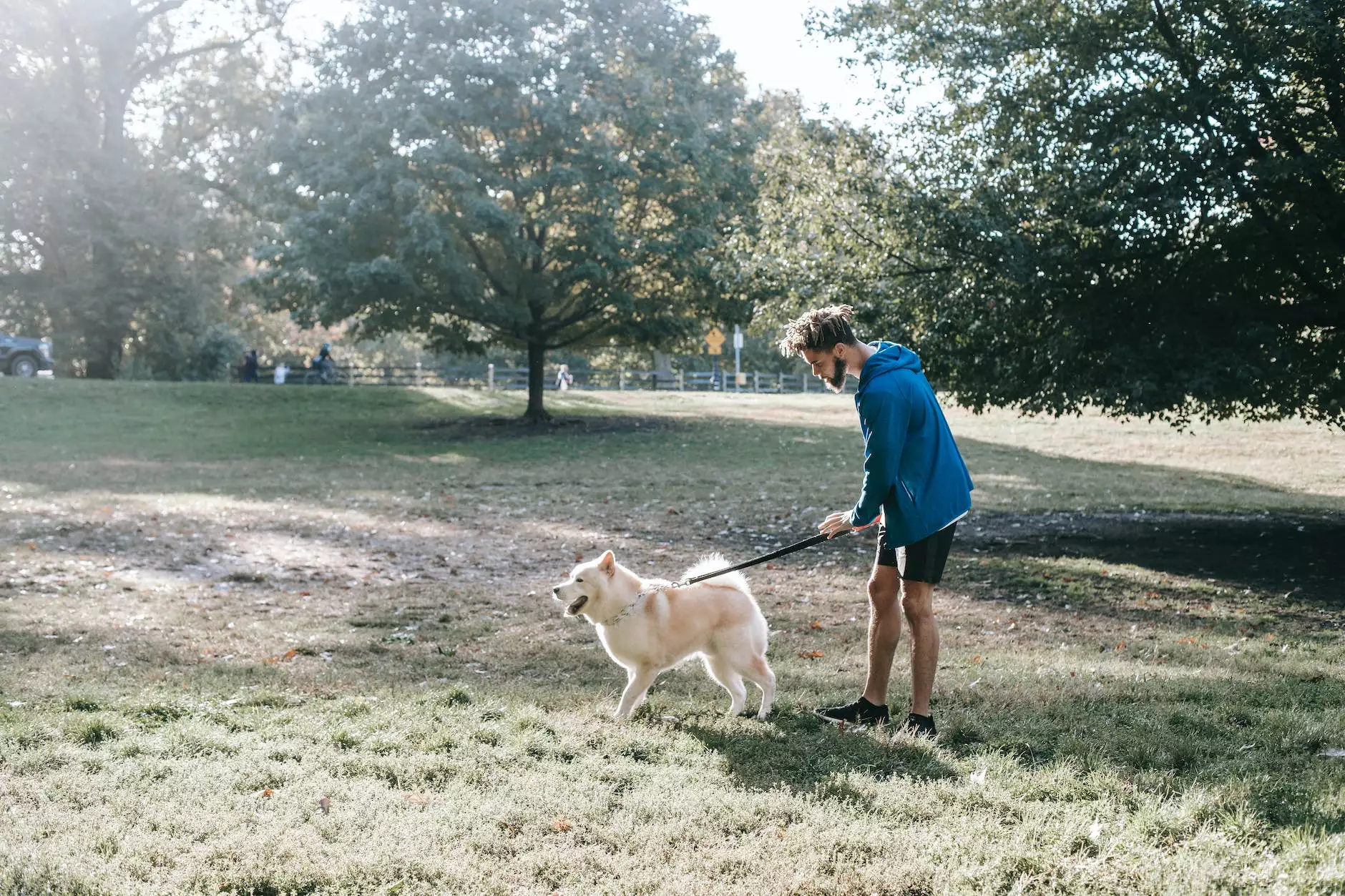The Best Time to Reseed Your Lawn
Lawn Care Tips
Optimal Timing for a Lush and Healthy Lawn
Welcome to Always Lovely Lawn Care, your trusted source for all things related to home and garden - gardening. In this comprehensive guide, we'll delve into the topic of reseeding your lawn and provide you with valuable insights on the best time to do so. Achieving a lush and healthy lawn requires careful planning and precise execution, and we are here to help you every step of the way.
Understanding the Benefits of Reseeding
Reseeding your lawn is a crucial step in maintaining its vibrant beauty. Over time, factors such as foot traffic, weather conditions, and pests can cause your grass to thin out and become less robust. By reseeding, you can replenish bare patches and promote new growth, resulting in a denser and healthier lawn.
Timing is Key: When to Reseed
Timing plays a crucial role in reseeding success. While specific climate and grass type factors may influence the ideal timings, generally, early fall is considered the best time for reseeding. The cooler temperatures and increased moisture during this season create optimal conditions for grass seed germination.
Early Fall (September to October)
Early fall provides the perfect balance of warmth and moisture for successful grass seed germination. As the summer heat begins to subside and cooler temperatures prevail, the soil retains moisture without the risk of excessive evaporation.
Preparing Your Lawn for Reseeding
Before reseeding, it's crucial to prepare your lawn adequately. Follow these steps to ensure the best results:
- Begin by removing any weeds, debris, or dead grass from the lawn. This allows the new grass seeds to establish themselves without competition.
- Perform a soil test to assess its nutrient levels and pH. Adjusting these factors can greatly enhance the seed germination process.
- Aerate the soil to improve its structure and allow better penetration of water and nutrients.
- Apply a thin layer of high-quality topsoil or compost to provide an ideal seedbed and improve seed-to-soil contact.
- Broadcast the grass seeds evenly, ensuring thorough coverage of the targeted areas. Consider using a spreader for efficient and uniform distribution.
- Lightly rake the seeded areas to help incorporate the seeds into the soil, but avoid burying them too deeply.
- Apply a starter fertilizer to provide essential nutrients for initial growth.
- Water the newly seeded areas regularly and keep the soil consistently moist until the new grass reaches a mowing height of around 2 inches.
Ongoing Care for Newly Reseeded Lawns
After the initial reseeding process, it's vital to continue providing the necessary care for your lawn to establish strong and healthy grass. Follow these practices:
- Maintain consistent and regular watering, ensuring the soil remains moist but not soggy.
- Avoid heavy foot traffic on the newly seeded areas to allow the grass to establish its root system.
- Gradually reduce the mowing height as the grass grows, but avoid cutting more than one-third of its height at a time.
- Implement a regular fertilization schedule, tailored to your specific grass type and local climate conditions.
- Monitor for signs of pests or diseases, taking appropriate action if needed.
Your Reliable Partner in Lawn Care
Always Lovely Lawn Care is dedicated to helping homeowners achieve and maintain beautiful, thriving lawns. Our team of experienced professionals understands the intricacies of lawn care and is committed to providing expert guidance and top-quality services. Whether you need assistance with reseeding, weed control, or general lawn maintenance, we have the expertise and resources to meet your needs.
Don't let a lackluster lawn dampen the appeal of your home. Contact Always Lovely Lawn Care today to schedule a consultation and take the first step towards revitalizing your lawn. Trust us to be your partner in creating a stunning outdoor space that you can enjoy for years to come.










